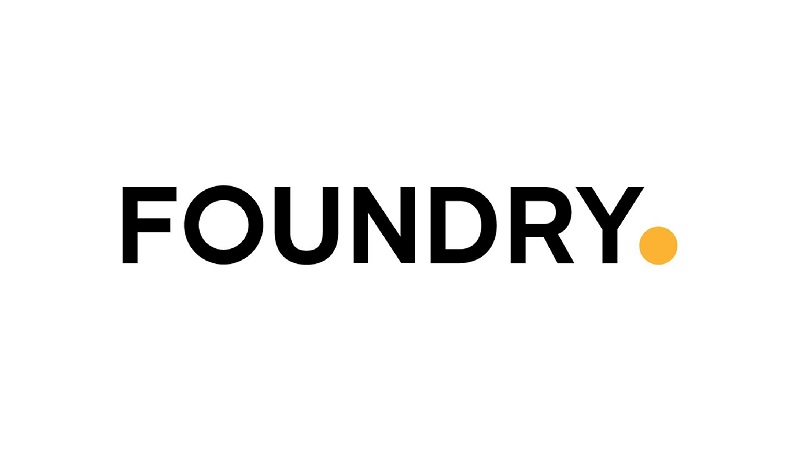
Foundry, the leading developer of creative software for the media and entertainment industries, recently announced the release of Nuke 13.1.
Nuke 13.1 is the latest release in the Nuke 13 series. This artist-focused update introduces a suite of user experience and workflow improvements designed to enhance artist productivity and accelerate the creative process for both artists and teams.
Nuke 13.1 continues the improvements to Nuke’s 3D system started in Nuke 13.0 with the Hydra Viewer. This release includes new 3D manipulators, new 3D hotkeys and other improvements which make it more enjoyable and faster for artists to work in Nuke’s 3D system. The node graph has a few new interactions as well, along with extensions to Cryptomatte. The Nuke Studio and Hiero Timeline also received several updates including an improved ability to copy soft effects from the Timeline and paste them into the Nuke script.
This new release also includes some significant steps toward streaming artists’ workflows through reducing friction between Nuke and other tools in the pipeline. The new Unreal Reader makes it easy for artists to request the data they need from Unreal from within NukeX, enabling users to combine the speed and efficiency of real-time rendering with the flexibility and fine-grained control available in the composite. Whether Unreal Engine is being used alongside Nuke for previs, virtual production, or final pixel rendering of VFX and animation, Nuke’s Unreal Reader ensures that artists can work quickly and efficiently, bringing the power of NukeX to their real-time projects.
The machine learning toolset also receives an upgrade, with new support for third-party PyTorch models in the Inference, so artists can use a wide range of image-to-image PyTorch networks and package them into tools to share with their team.
Nuke Studio and Hiero continue to focus on review and collaboration with Annotations extended to work over Monitor Out and enhanced Timeline Metadata support ensures that data flows from Production right through to final delivery.
Additionally Nuke 13.1’s support for OCIOv2 and Blackmagic RAW, as well as the upcoming Nuke-Katana interoperability in Katana 5.0, make it easier to work with greater consistency across the pipeline.
Foundry Timeline and Story senior product manager Juan Salazar comments: “Our goal is to have our tools provide greater consistency across the different stages of production and make it easier for artists to work in the Nuke ecosystem, whether this means easier working in 3D or helping them connect other tools to Nuke so that they can see their work in context and accelerate their workflows. The timeline improvements in Nuke 13.1 help artists streamline their review sessions and Metadata support ensures data flows through to final delivery.”

